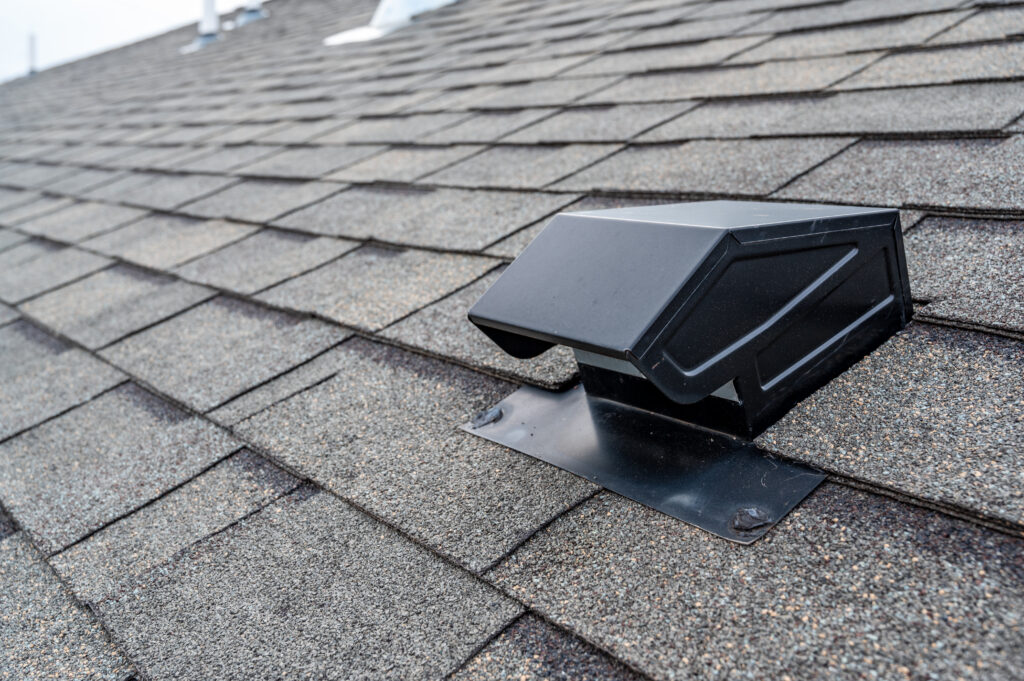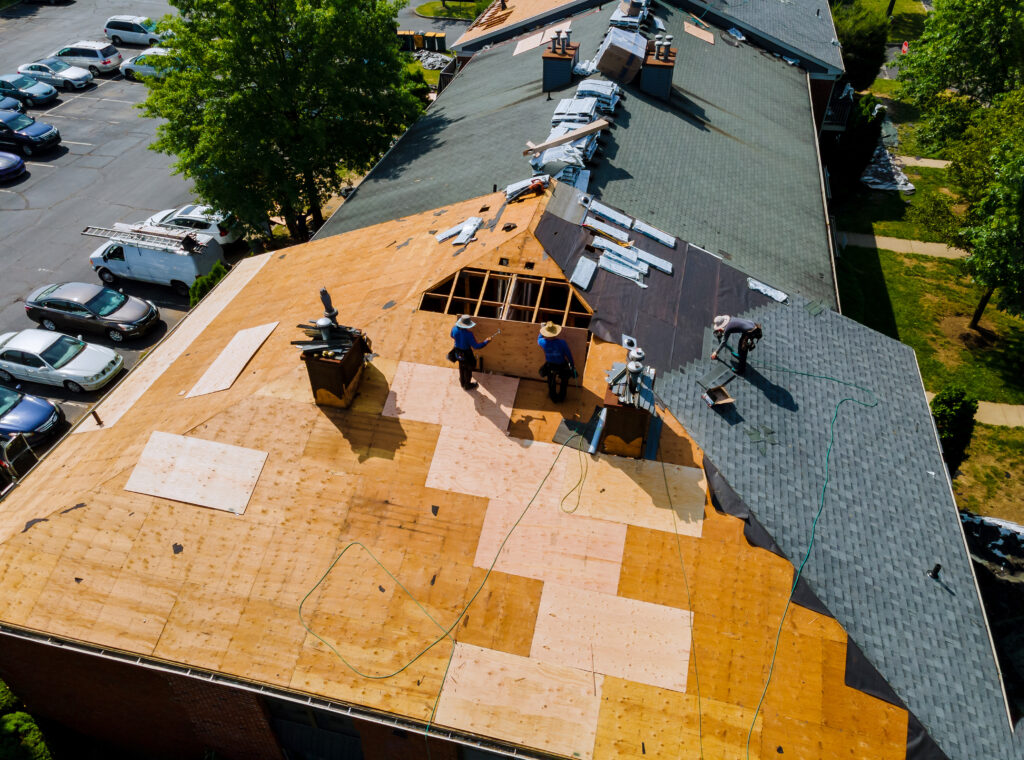A well-ventilated roof is crucial to keeping your home comfortable and energy efficient. However, If you’re like most people, you probably don’t think about your roof ventilation very often. In this blog post, we will discuss what you need to know about proper roof ventilation, including the different types of vents and signs that your home may not be properly ventilated.
At Tri State Exteriors, we’ve been helping homeowners with their roofing needs for over 25 years. We know a thing or two about proper ventilation, and we’re here to share that knowledge with you.
How Does Roof Ventilation Work?
Roof ventilation is all about airflow. The idea is to allow air to flow into your attic space and then out through the vents. In the summer, the air that is flowing into your attic will help to cool it down, and in the winter, the airflow will help to prevent moisture buildup and ice dams. The goal of roof ventilation is to ensure that the humidity levels and temperature in your attic are stable and match the outside conditions and temperatures.
Good venting looks like a continuous soffit vent at the eaves, with a ridge vent or gable vents at the top of the roof. There should be an intake at the bottom and an exhaust at the top. Air should be able to flow freely from the intake to the exhaust without any obstructions.
How Do I Know If I’m Having Problems With My House Venting?
There are a few signs that you can look for that may indicate that your home is not venting correctly, including:
Higher Than Normal Energy Bills
Each year, millions of homeowners across the country experience higher than normal energy bills. While there can be many different causes of this problem, one of the most common is poor ventilation. When a home is poorly ventilated, heat and humidity can become trapped inside, causing the furnace or air conditioner to work overtime. As a result, energy bills can skyrocket, leaving families struggling to make ends meet. In some cases, poor ventilation can also lead to health problems, as it can create an ideal environment for mold and mildew to grow. For these reasons, it is crucial to ensure that your home is properly ventilated.
Moisture Damage In Your Attic
Your attic is one of the most important rooms in your house when it comes to keeping the rest of your house in good condition. The attic provides an essential buffer between your living space and the outside world, helping to regulate temperature and protect your home from the elements. However, the attic can also be a source of moisture damage if it is not properly ventilated.
Warm air rises, and as it does, it can carry moisture with it. If this moist air becomes trapped in your attic, it can lead to condensation on the inside of your roof, which can lead to rot, mold, and other forms of damage. In order to prevent moisture damage in your attic, it is important to make sure that your home is properly ventilated. This can be accomplished by ensuring that there are vents in the soffits and ridge of your roof and by making sure that these vents are not blocked by insulation or other debris.
Visible Exterior Damage Or Decay Of Your Roof
Another sign that your home may not be properly ventilated is visible exterior damage or decay of your roof. This is most likely to occur at the edges of your roof, where the shingles meet the gutters. If you notice that the shingles in this area are starting to curl, crack, or fall off, it could be a sign that your roof is not venting properly.
Make sure to check your roof regularly for any signs of damage or decay, and if you notice any, make sure to have it inspected by a professional as soon as possible.
Blistering Or Peeling Of Paint
Have you noticed that the paint on your walls or ceiling is starting to blister or peel? If so, it could be a sign that your home is not venting properly. When air is not able to circulate properly, it can cause the paint to blister or peel. In some cases, this can also lead to health problems, as the chemicals in the paint can be released into the air.
If you notice any blistering or peeling of paint in your home, make sure to have it inspected by a professional as soon as possible. Improper ventilation can cause serious problems, especially if these issues are not addressed in a timely manner.
Ice Dams On Your Roof In The Winter
Last but not least, one of the most obvious signs that your home is not venting properly is the formation of ice dams on your roof in the winter. Ice dams are formed when heat from your house melts the snow on your roof. This water then runs down to the edge of your roof, where it refreezes. As more and more water freezes, it creates a dam that can prevent melting snow from draining off of your roof. This can cause serious damage to your roof, as well as the rest of your house.
How Often Should I Check My Ventilation?
You should check your home’s ventilation at least once a year and more often if you live in an area with extreme weather conditions. If you notice any of the signs listed above, make sure to have your home inspected by a professional as soon as possible. Improper ventilation can cause serious problems, but fortunately, most of these problems can be prevented with proper maintenance.
Book A Consulation With Tri State Exteriors Today
If you’re not sure whether or not your home is properly ventilated, the best thing to do is to book a consultation with Tri State Exteriors. We will be more than happy to come and take a look at your home and give you our professional opinion. Contact us today to schedule a consultation!




